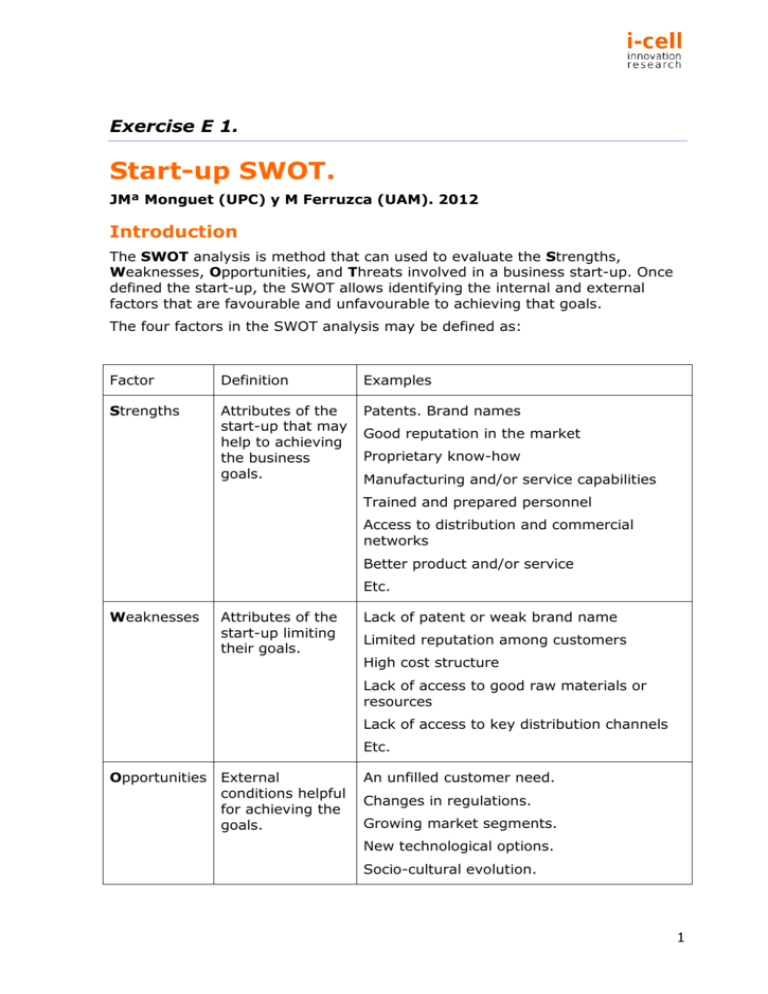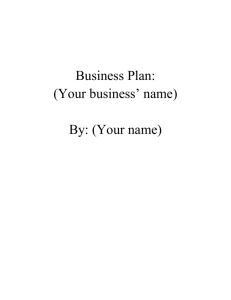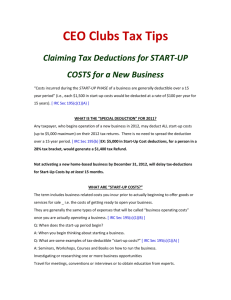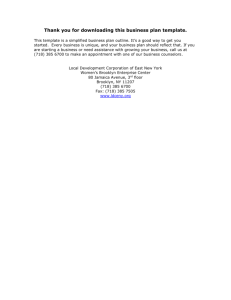Start-up SWOT.
advertisement

Exercise E 1. Start-up SWOT. JMª Monguet (UPC) y M Ferruzca (UAM). 2012 Introduction The SWOT analysis is method that can used to evaluate the Strengths, Weaknesses, Opportunities, and Threats involved in a business start-up. Once defined the start-up, the SWOT allows identifying the internal and external factors that are favourable and unfavourable to achieving that goals. The four factors in the SWOT analysis may be defined as: Factor Definition Examples Strengths Attributes of the start-up that may help to achieving the business goals. Patents. Brand names Good reputation in the market Proprietary know-how Manufacturing and/or service capabilities Trained and prepared personnel Access to distribution and commercial networks Better product and/or service Etc. Weaknesses Attributes of the start-up limiting their goals. Lack of patent or weak brand name Limited reputation among customers High cost structure Lack of access to good raw materials or resources Lack of access to key distribution channels Etc. Opportunities External conditions helpful for achieving the goals. An unfilled customer need. Changes in regulations. Growing market segments. New technological options. Socio-cultural evolution. 1 Etc. Threats External conditions that could damage the start-up. Negative economical or socio-cultural changes. Technological evolutions that threaten to make a product or service obsolete. Threats of changes in laws and regulations. Changes in market preferences. Increased trade barriers Etc. Statement Create the SWOT of the Start-up proposed in your group. Achieving the goals Harmful Strengths Weaknesses Opportunities Threats External Origin Internal Helpful 2










